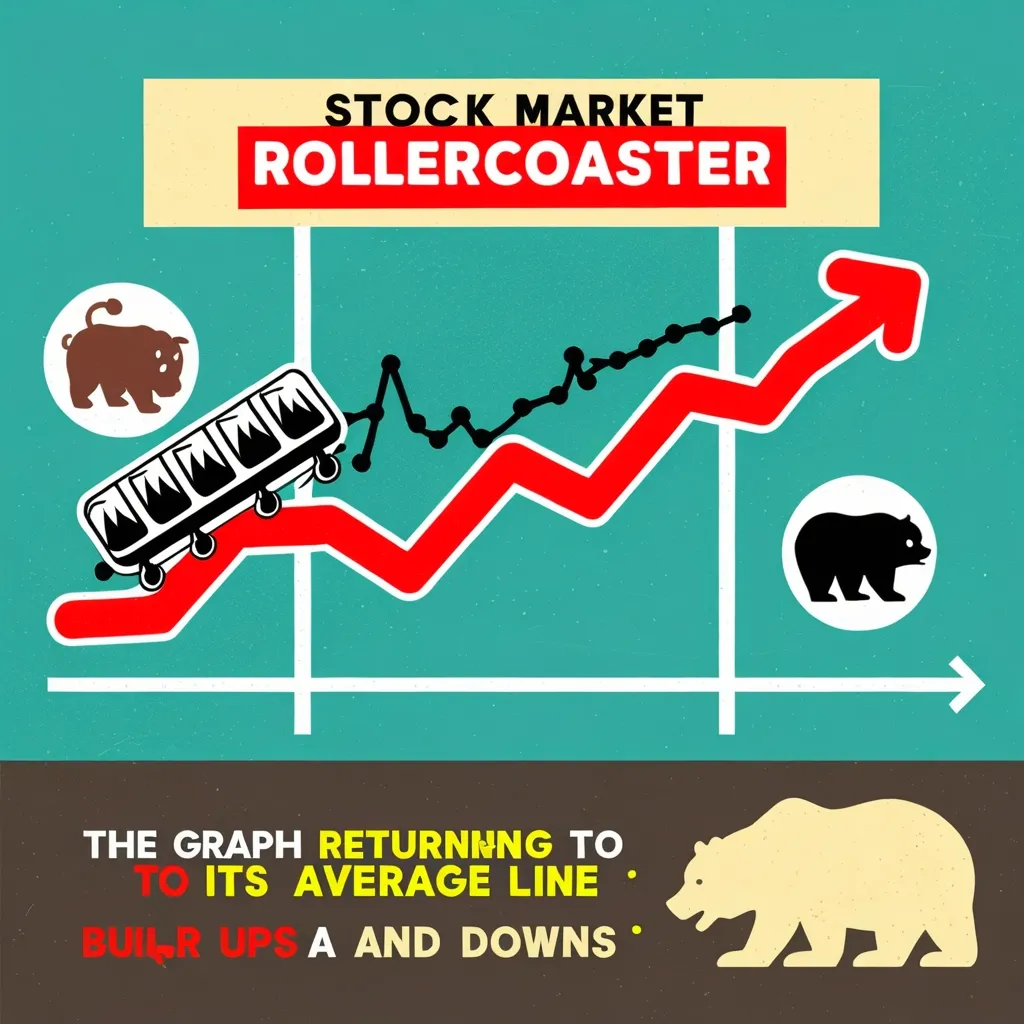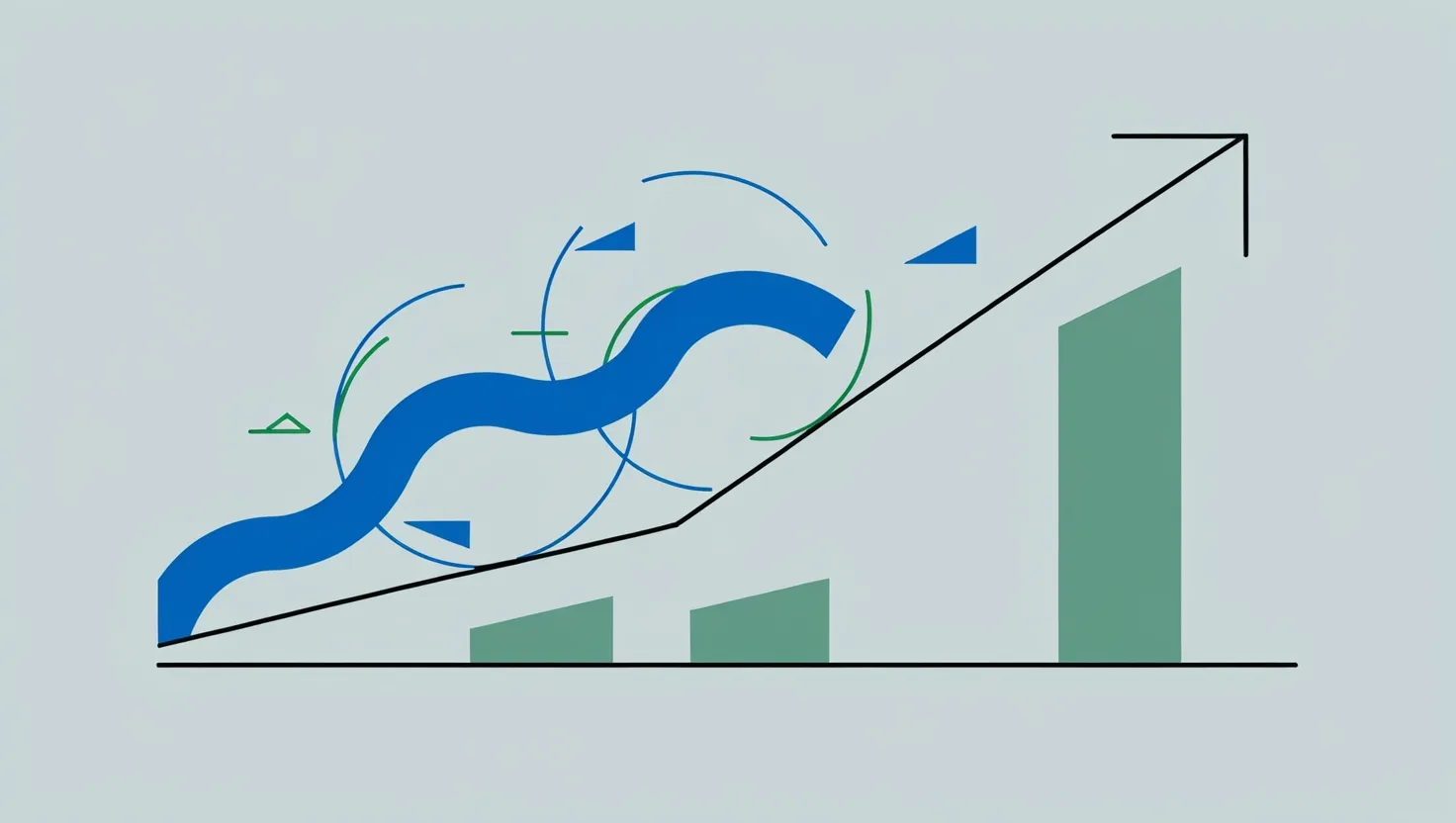In the midst of soaring prices and eroding purchasing power, the art of value investing takes on a new dimension. High inflation is not just a challenge; it’s an opportunity for those who know how to adapt and thrive. As the legendary investor Warren Buffett once said, “Price is what you pay. Value is what you get.” But how do you ensure you’re getting the right value in an inflationary environment?
The Power of Tangible Assets
When inflation rises, tangible assets often become the safe havens for investors. These are the assets that appreciate in value as prices increase. Real estate, for instance, has historically been a strong performer during inflationary periods. The value of property tends to rise with inflation, making it a solid hedge against the erosion of purchasing power. Similarly, commodities like gold, oil, and agricultural products often see their prices surge during high inflation, as they are directly tied to the cost of living.
But what about companies that own these tangible assets? Investing in firms that have significant real estate holdings or commodity reserves can be a shrewd move. These companies can leverage their assets to generate higher revenues and maintain their profitability even when inflation is high. For example, a company that owns a large portfolio of rental properties can increase rents to keep pace with inflation, ensuring that their cash flows remain robust.
Pricing Power: The Ultimate Inflation Hedge
Companies with strong pricing power are the darlings of value investors in inflationary times. These are businesses that can pass on increased costs to their customers without losing market share. Think of consumer staples like food, healthcare products, and household essentials. People will continue to buy these items regardless of the economic climate, and companies that produce them can raise their prices to keep up with inflation.
As Peter Lynch, the renowned fund manager, once noted, “The person who turns over the most rocks wins the game.” In this context, the rock to turn over is the company’s ability to maintain its pricing power. Look for firms with strong brand loyalty, unique products, or a dominant market position. These characteristics enable companies to increase their prices without losing customers, thereby protecting their profit margins from the ravages of inflation.
The Importance of Low Debt and High Cash Flows
In an inflationary environment, debt can become a double-edged sword. While borrowing at low interest rates might seem attractive, rising inflation can quickly turn those low rates into high real interest rates. Companies with high levels of debt can find themselves struggling to service their loans as interest rates rise.
On the other hand, companies with low debt and high cash flows are better positioned to weather the storm. These firms can use their cash reserves to invest in growth opportunities, pay off any existing debt, or simply return value to shareholders through dividends or share buybacks. When evaluating companies, look for those with strong balance sheets and a history of generating robust cash flows. These are the companies that will be able to adapt and thrive in an inflationary environment.
Industry and Sector Impact
Inflation does not affect all industries and sectors equally. Some sectors, like technology and consumer discretionary, may struggle as consumers cut back on non-essential spending. On the other hand, sectors like energy, agriculture, and consumer staples tend to perform better as their products are essential and their prices can rise with inflation.
Understanding the impact of inflation on different sectors is crucial for value investors. It allows them to make informed decisions about where to allocate their capital. For instance, investing in energy companies during a period of high inflation can be a smart move, as the price of oil and other energy commodities tends to rise with inflation.
Inflation-Adjusted Metrics
Traditional value metrics like the price-to-earnings ratio (P/E) and the price-to-book ratio (P/B) need to be adjusted for inflation. Inflation can distort these metrics, making companies appear more expensive than they actually are. To get a true picture of a company’s value, investors need to use inflation-adjusted metrics.
For example, instead of looking at the nominal P/E ratio, investors should adjust it for inflation. This involves using the real earnings per share, which takes into account the impact of inflation on the company’s profitability. By doing so, investors can get a clearer picture of the company’s true value and make more informed investment decisions.
Historical Examples of Success
Value investors have successfully navigated inflationary periods in the past. One notable example is the legendary investor Benjamin Graham, who advocated for a disciplined approach to investing that focused on the intrinsic value of companies. During the high-inflation years of the 1970s, Graham’s strategies helped many investors protect and grow their wealth.
Another example is the investment firm Berkshire Hathaway, led by Warren Buffett. Buffett’s ability to identify companies with strong pricing power and tangible assets has allowed Berkshire Hathaway to thrive even in inflationary environments. His long-term perspective and focus on intrinsic value have been key to his success.
Building a Resilient Portfolio
So, how do you build a portfolio that can withstand the challenges of high inflation? The key is to maintain a long-term perspective and be willing to adapt your strategies. Here are a few questions to consider:
- Are you diversified enough to mitigate the risks associated with inflation?
- Do you have a mix of tangible assets and companies with strong pricing power in your portfolio?
- Have you evaluated the debt levels and cash flows of the companies you’re investing in?
- Are you using inflation-adjusted metrics to value your investments accurately?
By answering these questions and taking a thoughtful, disciplined approach to investing, you can build a resilient portfolio that will help you preserve and grow your wealth even in the most challenging economic conditions.
As the famous investor Ray Dalio once said, “The biggest mistake investors make is to believe that what happened in the recent past will continue to happen in the future.” In an inflationary environment, this couldn’t be more true. The key to success is to be adaptable, to think critically, and to focus on the intrinsic value of the companies you’re investing in.
In the end, value investing in high-inflation environments is not about avoiding risks but about managing them wisely. It’s about finding companies that can thrive in challenging conditions and using the right metrics to evaluate their true value. By doing so, you can ensure that your wealth not only survives but also grows over time.






